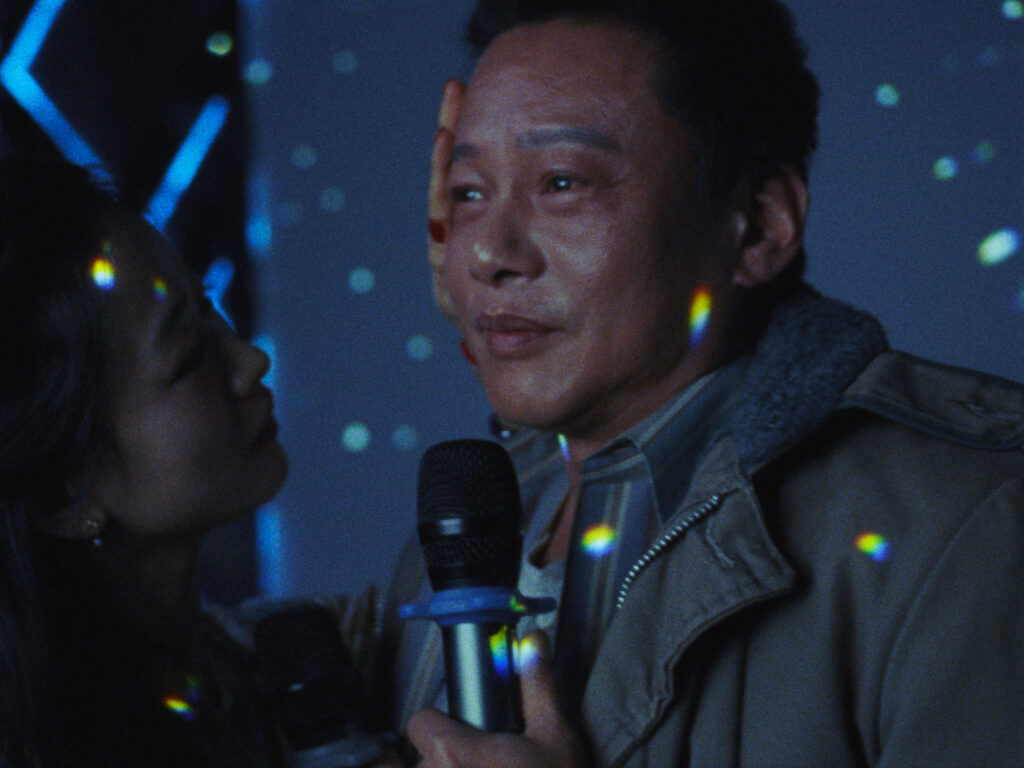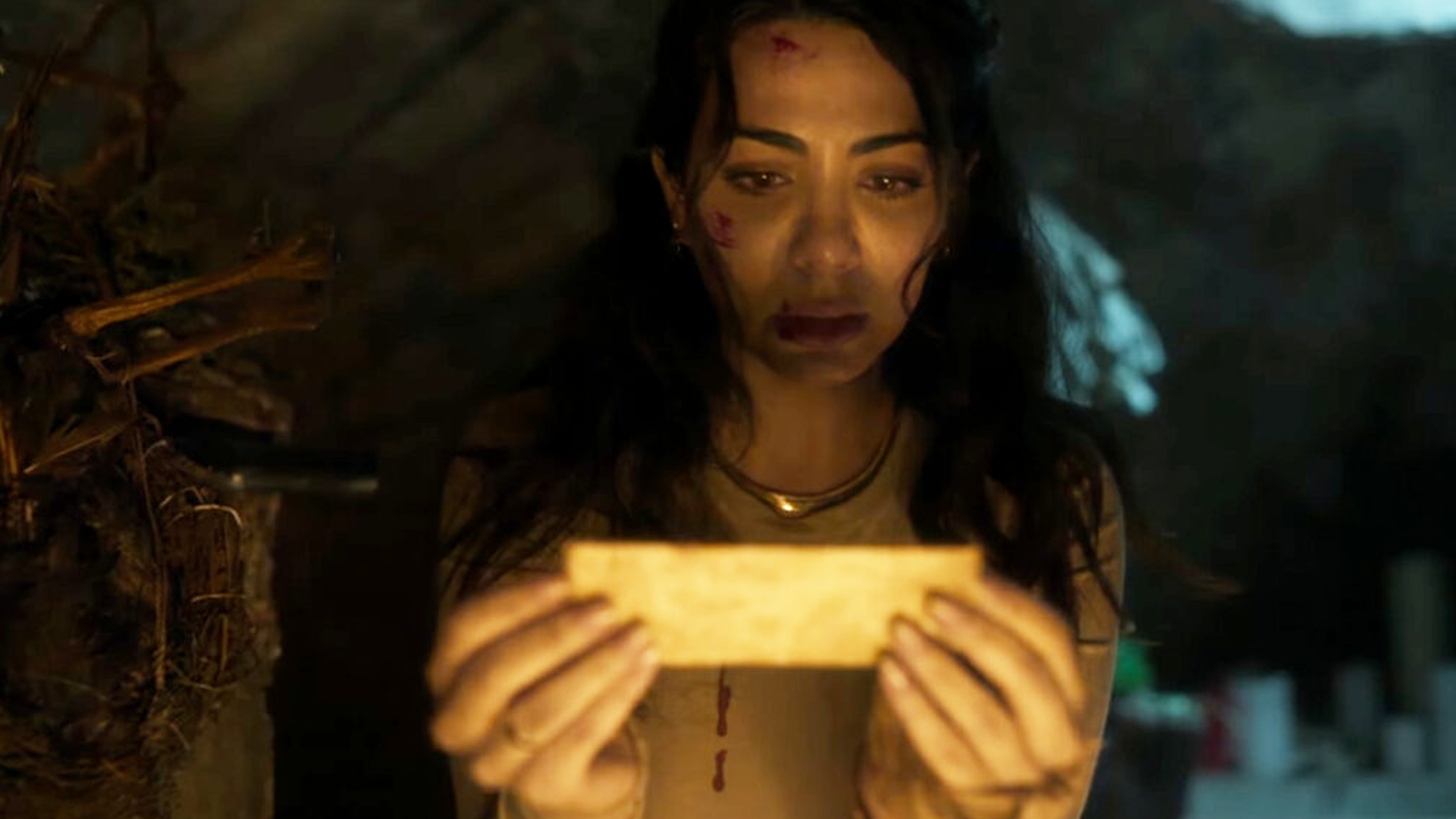
Some of the statements DeSalvo made over the course of 50-plus hours of interviews, which amounted to 2,000 pages of transcripts, were unprovable. But relatively speaking, he didn’t get much wrong, and investigators were able to verify most of the details he provided.
On June 30, 1966, DeSalvo was found competent to stand trial for the “Green Man” rapes (so called because victims recalled their attacker wearing green work pants).
He pleaded not guilty and Bailey argued that the jury had no choice but to find his client insane so he could receive psychiatric treatment. But DeSalvo was convicted of 10 counts of rape and armed robbery and sentenced to life in prison on Jan. 18, 1967.
“Massachusetts has burned another witch,” Bailey told reporters after the verdict. “No fault of the jury’s, of course. It’s the fault of the law.”
DeSalvo and two other inmates escaped from Bridgewater on Feb. 24. He was caught the next day at a clothing store in Lynn and, after that escapade, was transferred to a maximum-security facility that is now the Massachusetts Correctional Institution—Cedar Junction.
DeSalvo later recanted his confession. He was stabbed to death by a fellow inmate in the prison infirmary on Nov. 25, 1973, having never been formally charged with any of the Boston Strangler killings.





























:quality(85):upscale()/2025/05/06/835/n/1922564/8e601b95681a5cf04194c6.14070357_.png)

:quality(85):upscale()/2025/05/05/100/n/1922564/33582ae7681964cb0d40c8.72464171_.png)



![ABYSMAL RITES – “Restoring The Primordial Order” [Heavy Sludge] ABYSMAL RITES – “Restoring The Primordial Order” [Heavy Sludge]](https://horrornews.net/wp-content/uploads/2025/04/WHD581-600x330.jpg)